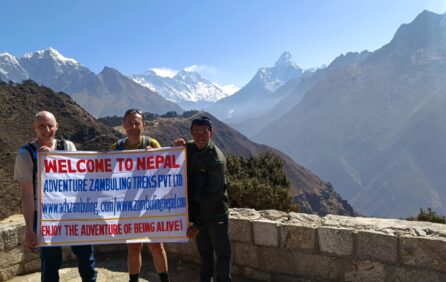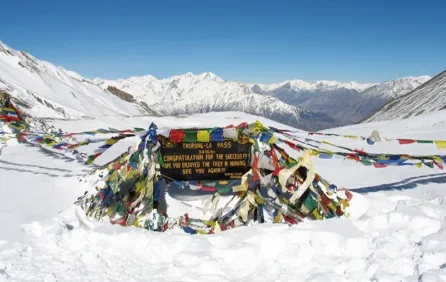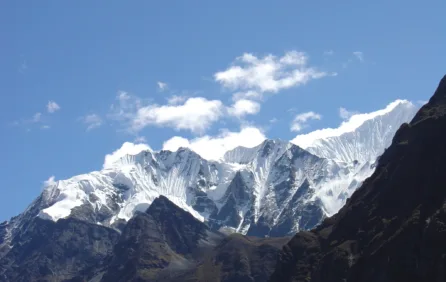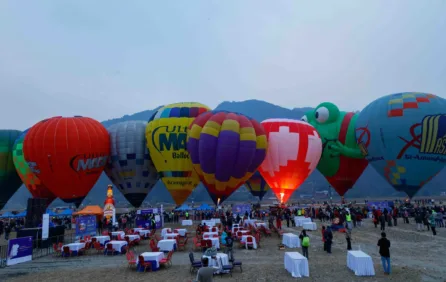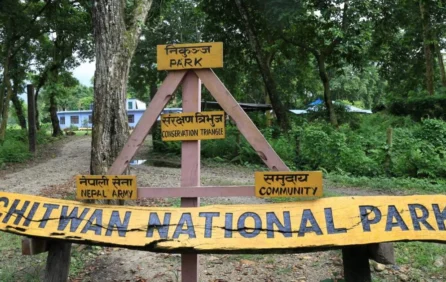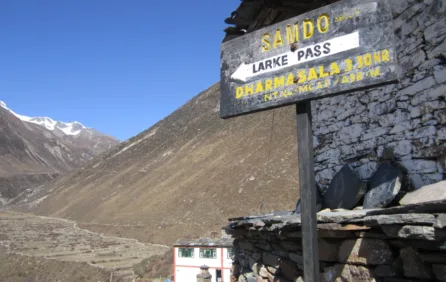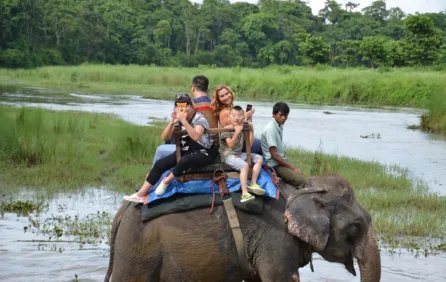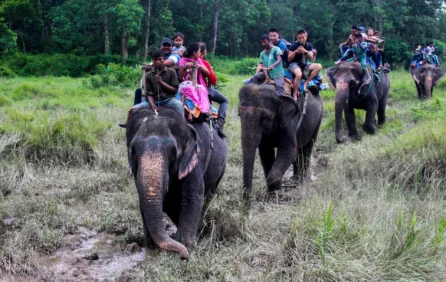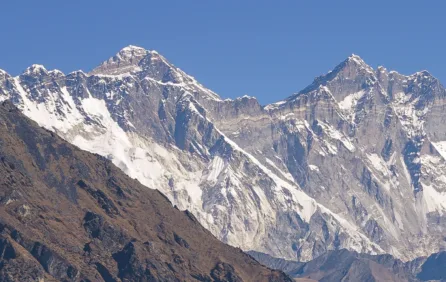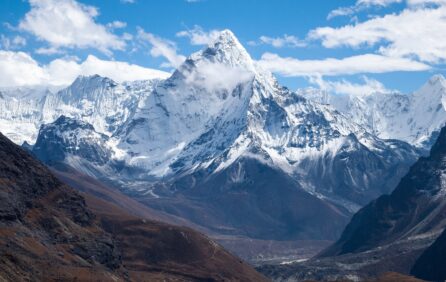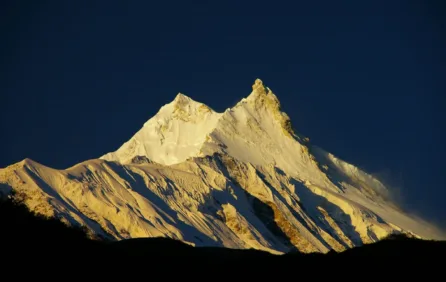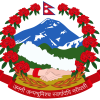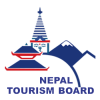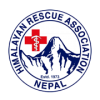Nepal
Nepal: The Land of the Himalayas
Nepal, a small yet incredibly diverse country in South Asia, is renowned for its stunning landscapes, rich cultural heritage, and the towering Himalayas. Nestled between China to the north and India to the south, Nepal is home to eight of the world’s fourteen highest peaks, including the legendary Mount Everest (8,848.86 meters/29,031.7 feet). It is a paradise for adventure seekers, nature lovers, and spiritual travelers alike.
The Himalayas and Mount Everest
The Himalayan range forms the backbone of Nepal’s geography, with snow-capped peaks, deep valleys, and diverse ecosystems. Mount Everest, known locally as Sagarmatha (in Nepali) and Chomolungma (in Tibetan), is the highest point on Earth, drawing mountaineers from around the globe. The first successful ascent of Everest was by Sir Edmund Hillary and Tenzing Norgay Sherpa in 1953, which put Nepal on the world map for adventure tourism.
Besides Everest, other iconic peaks like Annapurna, Kanchenjunga, Lhotse, and Manaslu make Nepal a hub for mountaineering and high-altitude expeditions. The challenging terrain and extreme weather conditions make summiting these mountains a remarkable feat, attracting professional climbers and thrill-seekers.
Nepal’s Unique Culture
Nepal’s cultural diversity is as remarkable as its mountains. The country is a melting pot of over 120 ethnic groups and more than 120 languages spoken across the nation. The two dominant religions, Hinduism and Buddhism, coexist harmoniously, shaping the traditions, festivals, and daily lives of the people.
The Kathmandu Valley, home to the capital city Kathmandu, boasts seven UNESCO World Heritage Sites, including:
- Pashupatinath Temple (a sacred Hindu temple)
- Swayambhunath (Monkey Temple) and Boudhanath Stupa (Buddhist landmarks)
- Patan and Bhaktapur Durbar Squares (medieval palace complexes)
Festivals like Dashain, Tihar, Holi, Buddha Jayanti, and Indra Jatra showcase Nepal’s vibrant traditions, with colorful celebrations, rituals, and community gatherings.
Why Tourists Visit Nepal
Tourists flock to Nepal for multiple reasons, with adventure and spirituality being the primary draws. Some key attractions include:
1. Trekking and Mountaineering: Nepal is a global trekking hotspot, offering routes for all skill levels.
2. Spiritual Journeys: Lumbini, the birthplace of Lord Buddha, is a pilgrimage site for Buddhists worldwide.
3. Wildlife Safaris: National parks like Chitwan and Bardia offer jungle safaris with sightings of tigers, rhinos, and elephants.
4. Heritage and Architecture: The ancient cities of Kathmandu, Bhaktapur, and Patan are known for their intricate art, temples, and palaces.
5. Adventure Sports: Activities like paragliding in Pokhara, white-water rafting, bungee jumping, and rock climbing attract thrill-seekers.
Trekking and Expeditions in Nepal
Nepal is a dream destination for trekkers, offering trails ranging from easy scenic walks to extreme high-altitude expeditions. Some of the most famous treks include:
- Everest Base Camp (EBC) Trek: A 12-14 day trek leading to the foot of the world’s highest mountain.
- Annapurna Circuit: A diverse trek that showcases lush forests, snow-covered peaks, and deep gorges.
- Langtang Valley Trek: A lesser-known trek that provides stunning views and cultural experiences.
- Manaslu Circuit Trek: A challenging yet rewarding trek around the eighth-highest mountain in the world.
- Upper Mustang Trek: A culturally rich trek into the remote, arid landscapes of the former Mustang Kingdom.
For expedition enthusiasts, Nepal offers challenging climbs, including Ama Dablam, Makalu, and Dhaulagiri, besides Everest. These expeditions require physical endurance, technical climbing skills, and proper acclimatization.
Nepal is home to eight of the fourteen 8,000-meter peaks in the world, making it the ultimate destination for high-altitude mountaineering. These towering giants include Mount Everest (8,848.86m), Kanchenjunga (8,586m), Lhotse (8,516m), Makalu (8,485m), Cho Oyu (8,188m), Dhaulagiri (8,167m), Manaslu (8,163m), and Annapurna I (8,091m). Each of these mountains presents unique challenges and breathtaking landscapes, attracting seasoned climbers from around the globe. Expeditions to these peaks require rigorous training, proper acclimatization, and significant logistical planning, making Nepal the premier destination for the world’s most daring adventurers.
Conclusion
Nepal is a land of adventure, culture, and spirituality. Whether one is drawn by the allure of the Himalayas, the warmth of Nepali hospitality, or the spiritual serenity of ancient temples and monasteries, Nepal offers a unique experience for every traveler. Its breathtaking landscapes, rich traditions, and thrilling expeditions make it one of the most sought-after destinations in the world.
The fees for a tourist visa to Nepal are:
15 days: USD $30
30 days: USD $50
90 days: USD $125
You can pay the visa fee in US dollars.
How to apply?
Apply online through the Department of Nepal Immigration portal
If you’re arriving in Nepal, you can apply for a visa on arrival at the port of entry
Visa extension
To extend your visa, you’ll pay USD $2 per day, plus USD $20 if you need multiple entry for the extended period
You can stay in Nepal for up to 150 days in a visa year
You must extend your visa before it expires
Other visa categories
You can apply for other types of visas, including student and work visas, through the Department of Immigration
All foreign travelers must arrive in Nepal on a tourist visa
Additional information
You can check with the Department of Immigration for visa details
You can find more information about applying for a visa at the Embassy of Nepal in New Delhi, India.
Nepal International Travel Information – Department of State
15 days multiple-entry tourist visa (approx. $30 USD) 30 days multiple-entry tourist visa (approx. $50 USD) 90 days multiple-entry.
